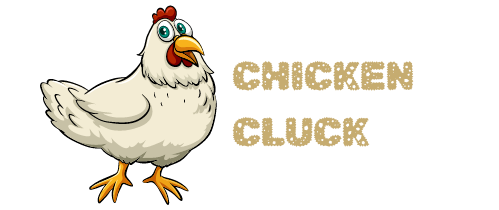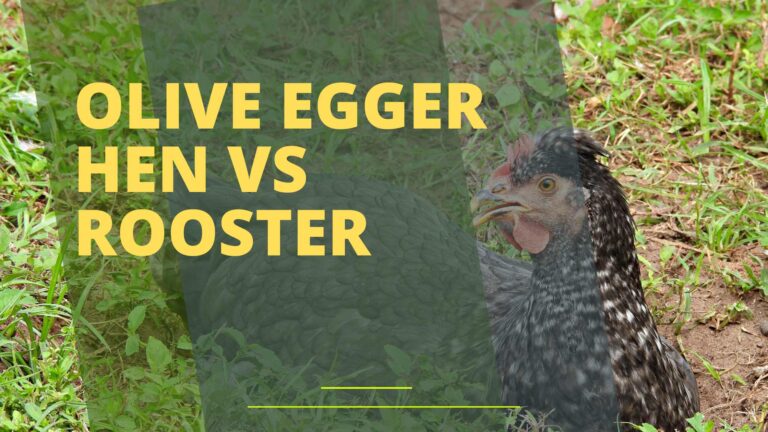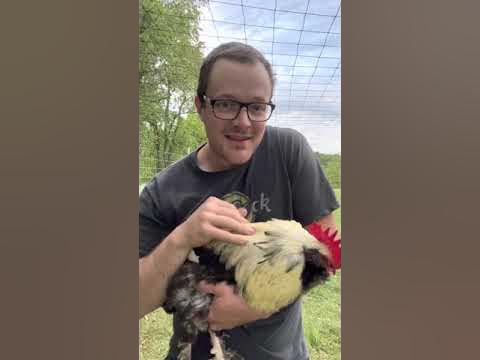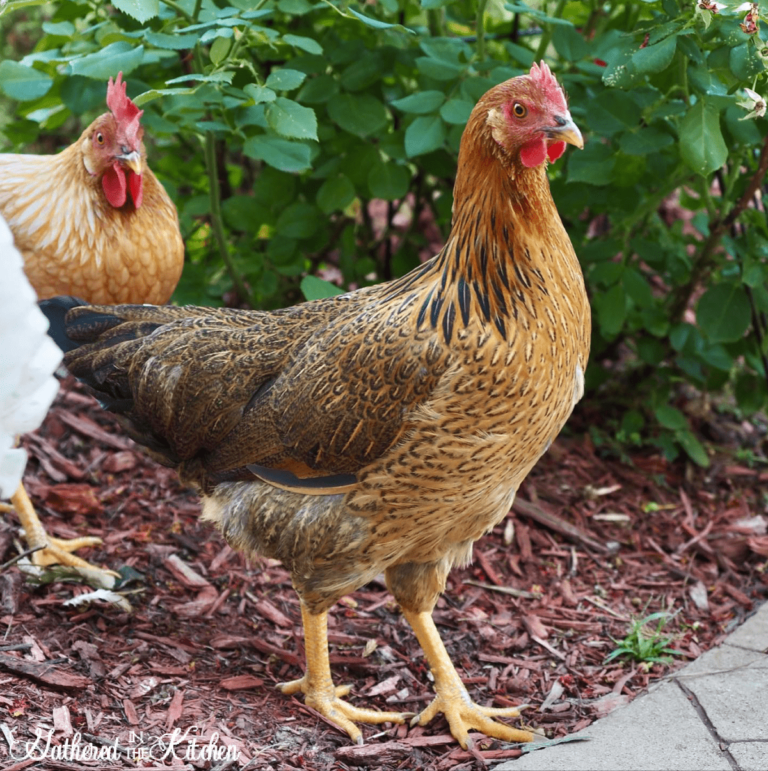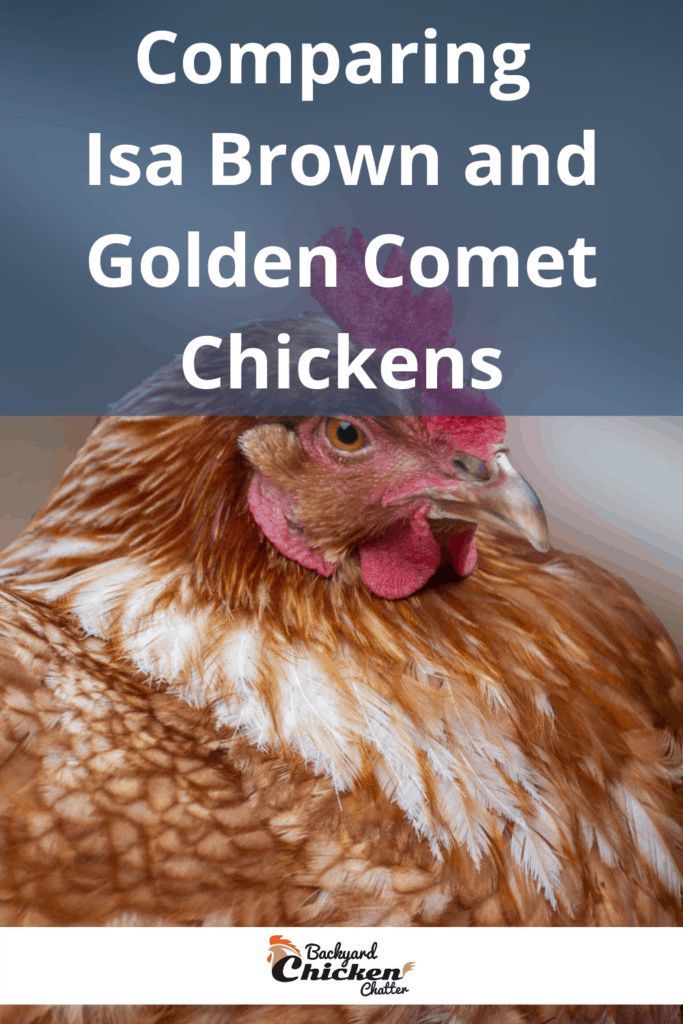Lavender Ameraucana roosters sport larger, more prominent combs compared to hens. Hens bear smaller combs and are generally less bulky.
Understanding the distinction between Lavender Ameraucana roosters and hens is essential for breeders and poultry enthusiasts. These charming birds are celebrated for their unique lavender feathering and blue eggs, making them a standout among poultry breeds. The roosters exude a bold presence with their striking plumage and assertive stance.
They also crow loudly and often, establishing their dominance within the flock. On the other hand, hens are quieter and exhibit a more subdued appearance, with their main role being egg production. Recognizing these differences is crucial for maintaining a balanced and healthy backyard flock, ensuring you meet the specific needs of each gender.
Credit: ameraucanaalliance.org
Distinctive Traits Of Lavender Ameraucana Chickens
Lavender Ameraucana chickens stand out in any flock. Their unique features captivate poultry enthusiasts. Both roosters and hens carry a rare, self-blue gene. This gene gives their feathers a uniform lavender color. Let’s compare roosters and hens. Their traits are fascinating.
Colorful Plumage
The Lavender Ameraucana‘s feathering is a sight to behold. Plumage in lavender creates a shimmering, iridescent look. Roosters have a bolder, more pronounced coloration than hens.
- Roosters: They show off striking tail feathers and hackles.
- Hens: They possess a softer, more delicate shade of lavender.
Facial Features And Combs
Facial characteristics help distinguish roosters from hens easily. Wattles and combs offer the clearest signs.
| Feature | Rooster | Hen |
|---|---|---|
| Comb | Large, upright | Smaller, less prominent |
| Wattles | Long, well-defined | Shorter, less conspicuous |
| Earlobes | Red, noticeable | Red but smaller |
The rooster’s comb is a standout feature. It’s red and stands tall on his head. The hen’s comb is more modest. This difference is easy to spot, even from a distance.

Credit: www.reddit.com
Early Signs Of Gender In Chicks
Spotting whether a Lavender Ameraucana is a rooster or a hen can be a fun challenge. Early signs of gender in chicks often emerge as subtle hints. Knowing these signs is key in raising chickens. Let’s explore what to look for with feather development and behavior.
Feather Development
Feathers give away many secrets of a chick’s gender. In Lavender Ameraucanas, look at the wings. The males and females have different feathering patterns as they grow. Chicks usually show these differences at just a few days old.
- Hens have wing feathers that grow evenly.
- Roosters show uneven or staggered wing feathers.
By 1-3 weeks old, more clues emerge:
| Rooster | Hen |
|---|---|
| Tail feathers grow faster | Tail feathers are shorter |
| Sickle feathers develop | Sickle feathers are absent |
Behavioral Indicators
Behavior often reveals gender before physical traits do. Check for these early on:
- Roosters may act bolder.
- Hens are usually calmer and more reserved.
Lavender Ameraucana roosters often start to show dominance around other chicks. Watch for these actions:
- Pecking order scuffles.
- Attempting to crow.
- Protecting hens.
Observe these early signs closely to determine your Lavender Ameraucanas’ genders accurately.
Physical Differences At Maturity
When raising Lavender Ameraucana chickens, spotting the physical differences between roosters and hens becomes a fascinating journey. As chicks transform into adults, their mature features become evident. Knowing these distinctions is key for any enthusiast or breeder. Let’s explore the unique attributes that set the rooster apart from the hen in the Lavender Ameraucana breed.
Size And Stature
A quick glance at a mature Lavender Ameraucana will reveal that roosters are notably larger than hens. This size difference is not just about weight but also overall stature. As we break it down:
- Roosters stand taller, with a more commanding posture.
- Hens are more petite, with a softened presence in the coop.
Exact weights and heights vary, but the difference is palpable. An adult rooster might weigh around 6 to 7 pounds, whereas a hen typically weighs in closer to 5 pounds. Their stature is just one piece of the puzzle, though, as the tail structure offers even more clues to their identity.
Tail Structure
The Lavender Ameraucana rooster’s tail is a thing of beauty. Once mature, roosters sport a pronounced tail that hens lack.
| Feature | Rooster | Hen |
|---|---|---|
| Tail Height | High and upright, often with an impressive arch. | Lower and less pronounced, with a gentler curve. |
| Feather Shape | Long and flowing sickles that cascade down. | Shorter and more rounded feathers. |
These key identifiers help distinguish roosters from hens at a glance, making it easier to manage your flock effectively. Remember, each bird will have its unique flair, but these guidelines will certainly guide you towards recognizing their mature forms.
Vocalizations And Sounds
Understanding the distinct vocalizations and sounds of Lavender Ameraucana chickens helps in distinguishing roosters from hens. Each bird has its unique set of calls, which they use to communicate with their flock and express various behaviors and emotions. Let’s delve deeper into how the Lavender Ameraucana rooster and hen communicate through their voices.
Crow Of The Rooster
The Lavender Ameraucana rooster’s crow stands out as his signature vocalization. It serves multiple purposes:
- Assert dominance within the flock
- Attract hens for mating
- Mark territory against potential intruders
A rooster’s crow is not just a wake-up call at dawn. It is a powerful tool for communication that can be heard up to a quarter-mile away!
Key differences between a Lavender Ameraucana rooster’s crow compared to hens’ sounds include:
| Aspect | Rooster | Hen |
|---|---|---|
| Volume | Loud | Quieter |
| Frequency | Throughout the day, especially at dawn | Sporadic |
| Pitch | Lower | Higher |
Clucking Patterns Of Hens
Lavender Ameraucana hens use clucking to communicate differently. Their clucking may indicate:
- Food discovery to alert other chickens
- Contentment when they are happy and safe
- A call to chicks for warmth and protection
During egg-laying, hens might also produce an “egg song”—a series of loud, repetitive clucks followed by a triumphant squawk once the egg is laid.
Clucking has distinct patterns:
- Soft clucking indicates peaceful moments
- Rapid clucking can signal excitement or distress
Observing these vocal cues can greatly aid in understanding the behavior and needs of these beautiful birds.
Role In The Flock Dynamics
The Lavender Ameraucana poultry breed presents a captivating study of flock dynamics. Understanding how roosters and hens interact within their community sheds light on their behavior and social structure. In this exploration, we distinguish between the roles of roosters and hens, focusing on both their inherent instincts and their contributions to the flock’s wellbeing.
The Rooster’s Guard Duty
The Lavender Ameraucana rooster takes on a crucial role as the protector of the flock. His vigilance ensures the safety of his companions from predators and threats. With a sharp eye, the rooster monitors the surroundings, often positioning himself on higher ground for a better view. His presence alone can deter potential dangers, and his warning call is pivotal in alerting the hens to take cover.
Hen’s Social Behavior
Hens within the Lavender Ameraucana breed exhibit their own unique social behaviors. Unlike the rooster, their role centers on nurturing and laying eggs. The hierarchies established among the hens dictate their access to resources like food and preferred nesting spots. This social structure, often termed the “pecking order,” is essential in maintaining order and harmony within the flock.
Each Lavender Ameraucana hen contributes to a friendly and cooperative environment. Through gentle clucking and foraging together, they create a sense of community and support that’s vital for their welfare and productivity.
Credit: www.backyardchickens.com
Reproductive Behaviors
Exploring the world of Lavender Ameraucana chickens unveils distinct reproductive behaviors unique to roosters and hens. These behaviors are not only fascinating but essential to the continuation of their vibrant lineage. Key differences emerge in their mating rituals and the approach to nesting and egg-laying. Let’s delve into the intricate dance of life.
Mating Rituals
Lavender Ameraucana roosters exhibit a flamboyant display to attract hens. Their dance is a sight to behold, characterized by specific, attention-grabbing steps:
- Wing Dragging: The rooster lowers one wing and sweeps the ground to showcase vigor.
- Circling: Moving in a circle around the hen demonstrates the rooster’s interest.
- Tidbitting: He pecks the ground as if offering food, a sign of provision.
The hen will signal her readiness by crouching, accepting the rooster’s advances, leading to copulation. This ritual ensures that the Lavender Ameraucana’s genetic traits pass on successfully.
Nesting And Egg Laying
When it comes to nesting, Lavender Ameraucana hens show a keen instinct for comfort and security. A detailed table illustrates their egg-laying process:
| Activity | Description |
|---|---|
| Nest Selection | Hens choose a quiet, secluded spot for their nest. |
| Nest Building | Using grass and feathers, they create a cozy nest. |
| Egg Laying | Regular laying cycle, often one egg per day. |
| Broodiness | Some hens may become broody, staying on the nest to incubate eggs. |
These steps are instinctual and contribute to a high survival rate for the offspring. The hens’ dedication to the comfort of their nest ensures a nurturing environment for their chicks.
Caring For Your Lavender Ameraucana
Caring for Your Lavender Ameraucana is both a delightful and rewarding experience. These charming birds, known for their unique lavender-tinted feathers, are a variant of the Ameraucana breed. They bring a pop of color and personality to any flock. To ensure these birds thrive, understanding their specific needs is crucial. From balanced nutrition to ample living space, a little knowledge goes a long way in keeping your Lavender Ameraucana happy and healthy.
Nutritional Needs
A nutritious diet is key to the well-being of your Lavender Ameraucana. This breed requires a balanced intake of proteins, vitamins, and minerals. Let’s explore their dietary essentials:
- Starter feed – For the first weeks, a high-protein starter feed fuels their growth.
- Layer feed – As they mature, introduce layer feed with at least 16% protein.
- Grit – Helps with digestion. Always available.
- Calcium – For egg-laying hens. Think crushed oyster shells.
- Greens – Fresh vegetables provide necessary nutrients.
- Clean water – Access to fresh water is vital at all times.
Habitat And Space Requirements
Space and habitat play a significant role in the health of your Lavender Ameraucana. They need room to roam and roost. Proper housing makes a difference:
| Feature | Requirement |
|---|---|
| Coop size | Minimum of 4 square feet per bird inside the coop. |
| Outdoor run | Provide 8-10 square feet per bird for outdoor exercise. |
| Roosting bars | Each bird needs about 8-12 inches of roosting space. |
| Nesting boxes | One box per 4-5 hens for egg laying. |
| Protection | Secure the area from predators with fencing and locks. |
| Ventilation | Adequate airflow is essential to prevent respiratory issues. |
Providing for your Lavender Ameraucana’s basic needs ensures they lead a happy, productive life. Balanced nutrition supports their health, while ample space affords them comfort and safety. Enjoy the unique beauty and eggs of the Lavender Ameraucana by mastering their care.
Common Health Issues To Watch For
Caring for Lavender Ameraucana chickens means keeping an eye out for health issues. Knowing what to look for helps keep your birds healthy. Let’s talk about common problems to watch for in both roosters and hens.
Respiratory Conditions
Chickens can catch colds, just like people. Breathing trouble, sneezing, and a runny nose are bad signs. The Lavender Ameraucana, with its unique fluff, needs clean air. Dusty coops can cause lung issues.
- Keep the coop clean: Change bedding regularly.
- Good ventilation: Air should flow to keep dampness and ammonia away.
- Quarantine sick birds: To stop illness from spreading.
Parasite Management
External parasites like mites and lice love feathers. Look beneath feathers for tiny bugs. They can cause itchiness and stress. Internal parasites, like worms, hurt digestion and health.
| Parasite Type | Signs | Treatment |
|---|---|---|
| External (Mites/Lice) | Feather loss, scabs, restlessness | Use poultry-specific parasite dust. |
| Internal (Worms) | Weight loss, appetite drop, odd droppings | Give prescribed worming medications. |
- Regular checks: Inspect your chickens often.
- Clean housing: A tidy coop prevents infestations.
- Prevent contact with wild birds: They can carry parasites.
Conclusion
Distinguishing between Lavender Ameraucana roosters and hens enriches your poultry knowledge. Embrace these traits for successful identification and breeding. Your feathered friends’ care and understanding just soared. Remember, the key lies in comb size, feathering, and behavior. Let’s raise happy, healthy Ameraucanas together! Keep exploring, keep learning.
